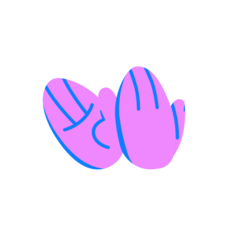Install Steam
login
|
language
简体中文 (Simplified Chinese)
繁體中文 (Traditional Chinese)
日本語 (Japanese)
한국어 (Korean)
ไทย (Thai)
Български (Bulgarian)
Čeština (Czech)
Dansk (Danish)
Deutsch (German)
Español - España (Spanish - Spain)
Español - Latinoamérica (Spanish - Latin America)
Ελληνικά (Greek)
Français (French)
Italiano (Italian)
Bahasa Indonesia (Indonesian)
Magyar (Hungarian)
Nederlands (Dutch)
Norsk (Norwegian)
Polski (Polish)
Português (Portuguese - Portugal)
Português - Brasil (Portuguese - Brazil)
Română (Romanian)
Русский (Russian)
Suomi (Finnish)
Svenska (Swedish)
Türkçe (Turkish)
Tiếng Việt (Vietnamese)
Українська (Ukrainian)
Report a translation problem

























created a simple model in unity using the provided RealtimeCSG from the discord,
turned on "Show Meshes",
and used the GameObject > Turbo Overkill Modding > Export to OBJ to export the Obj file to the correct location (C:/User/[yourname]/AppData/LocalLow/Trigger Happy Interactive/Turbo Overkill/ModContent/[the name of your mod file]) with the correct name (wgeo.obj).
It exports a wgeo.obj file but the file is showing as being 0 bites large?
I wonder if I can use any other program than Unity to make custom obj geometry and if so, what requirements such geometry might have.